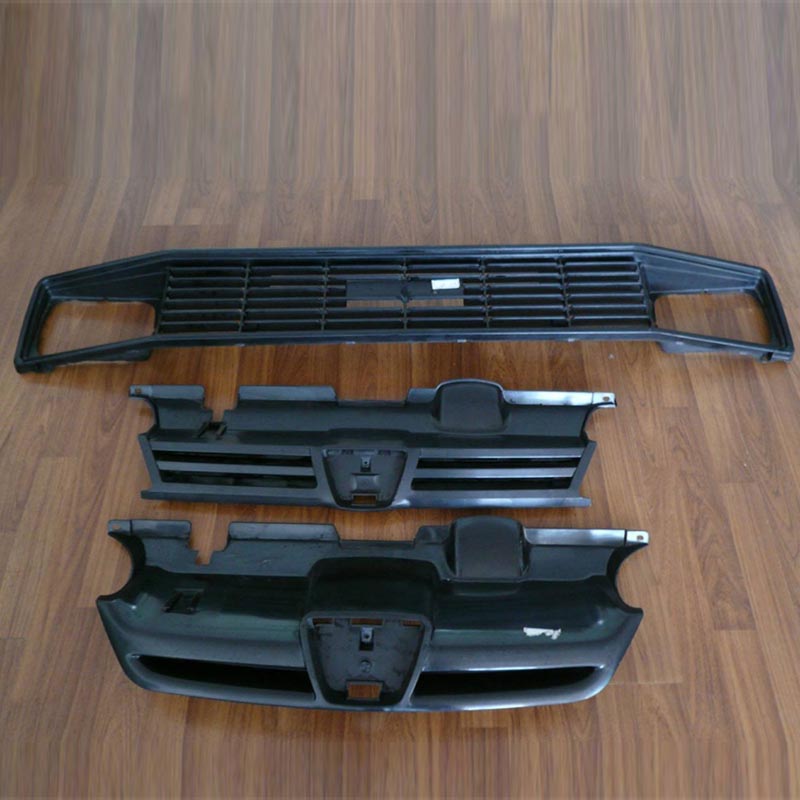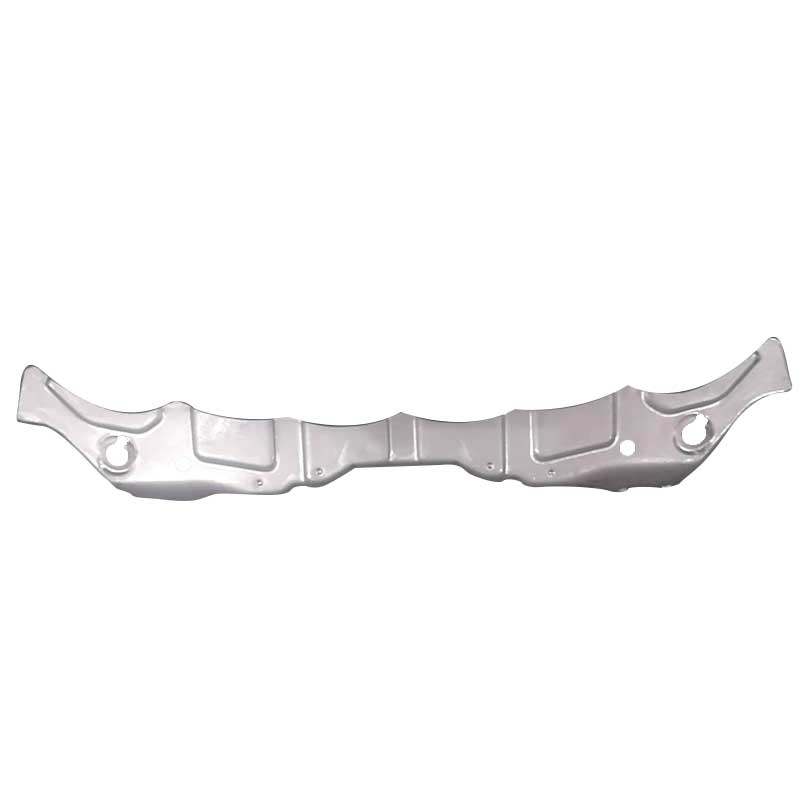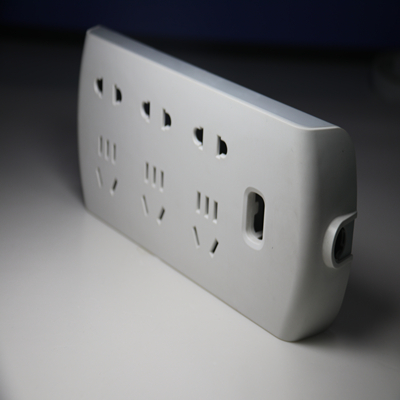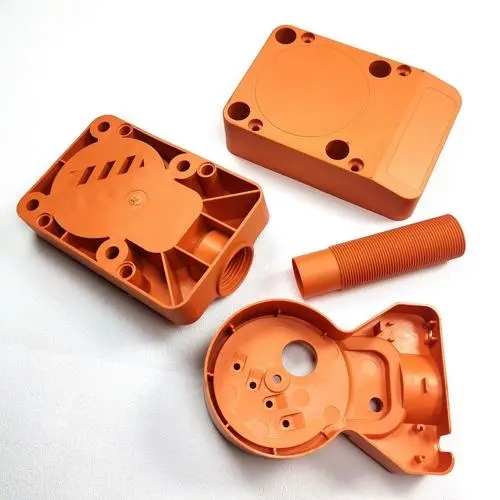Automobile Injection molding products
plastic injection molding manufacturers
Injection molding, also known as injection molding, is a molding method that combines injection and molding. The advantages of the injection molding method are fast production speed and high efficiency, the operation can be automated, there are many designs and colors, the shapes can be from simple to complex, and the sizes can be from large to small, and the product dimensions are accurate, the products are easy to replace, and can be formed into complex shapes Parts, injection molding is suitable for mass production and complex-shaped products and other molding processing fields.
At a certain temperature, a completely molten plastic material is stirred by a screw, injected into the mold cavity with high pressure, and cooled and solidified to obtain a molded product. This method is suitable for mass production of components with complex shapes and is one of the important processing methods.
The injection molding process of plastic parts mainly includes six stages: mold closing-filling-(gas-assisted, water-assisted) pressure holding-cooling-mold opening-demoulding.
The injection molding process is developing in the direction of shortening the injection molding cycle and improving production efficiency. Generally, in order to improve production efficiency, the plasticizing capacity is increased, the injection time is shortened, the template movement speed is accelerated, etc. during the injection molding process. In addition, some measures are taken to focus on plastic injection molding. Improvements in mold injection methods, mold clamping methods, changes in cooling efficiency methods, etc. are all aimed at saving time, shortening the production cycle, and increasing output. With the gradual growth of the economy, the use of automobiles is becoming more and more popular, and the consumption of injection molded parts is also increasing. The production process of automobile injection molded parts needs to save time and increase output, that is, improve production efficiency.
The most common problems in injection molding include batch fronting, excessive glue, encapsulation, shrinkage, cracks, insufficient filling, wrinkles and pitting, overflow, weld marks, warping, deformation and other problems. In addition to some of these problems, some can be found in injection molding. The machine can be improved by adjusting the machine, and can also be controlled through several points in the design of the injection mold:
1. The wall thickness should be as uniform as possible, and the demoulding slope should be large enough;
2. The transition part should be gradually and smoothly transitioned to avoid sharp corners. Sharp edges are generated, especially PC products must not have gaps;
3. The gate runner should be as wide and short as possible. The gate position should be set according to the shrinkage and condensation process. If necessary, a cold well should be added;
4. The mold surface should be smooth and clean, with low roughness, preferably less than 0.8MM;
5. Vent. The tank must be sufficient to discharge air and gases in the melt in a timely manner;
6. Except for PET, the wall thickness should not be too thin, generally not less than lmm.
When designing the mold, in order to prevent poor backflow during molding of the injection mold, or uneven cooling, resulting in poor molding of the injection mold, resulting in surface defects and deterioration, by doing the above points, you can effectively avoid adverse problems.
Categories
Blog
Contact Us
Contact: plastic injection molding Company
Phone: +86 181 6575 9852
Tel: +86 755-27164277
E-mail: windward@seaiint.com
Add: Northwest of Huihao Industrial Park, No. 1, Chuangwei Road, Guangming District, Shenzhen






